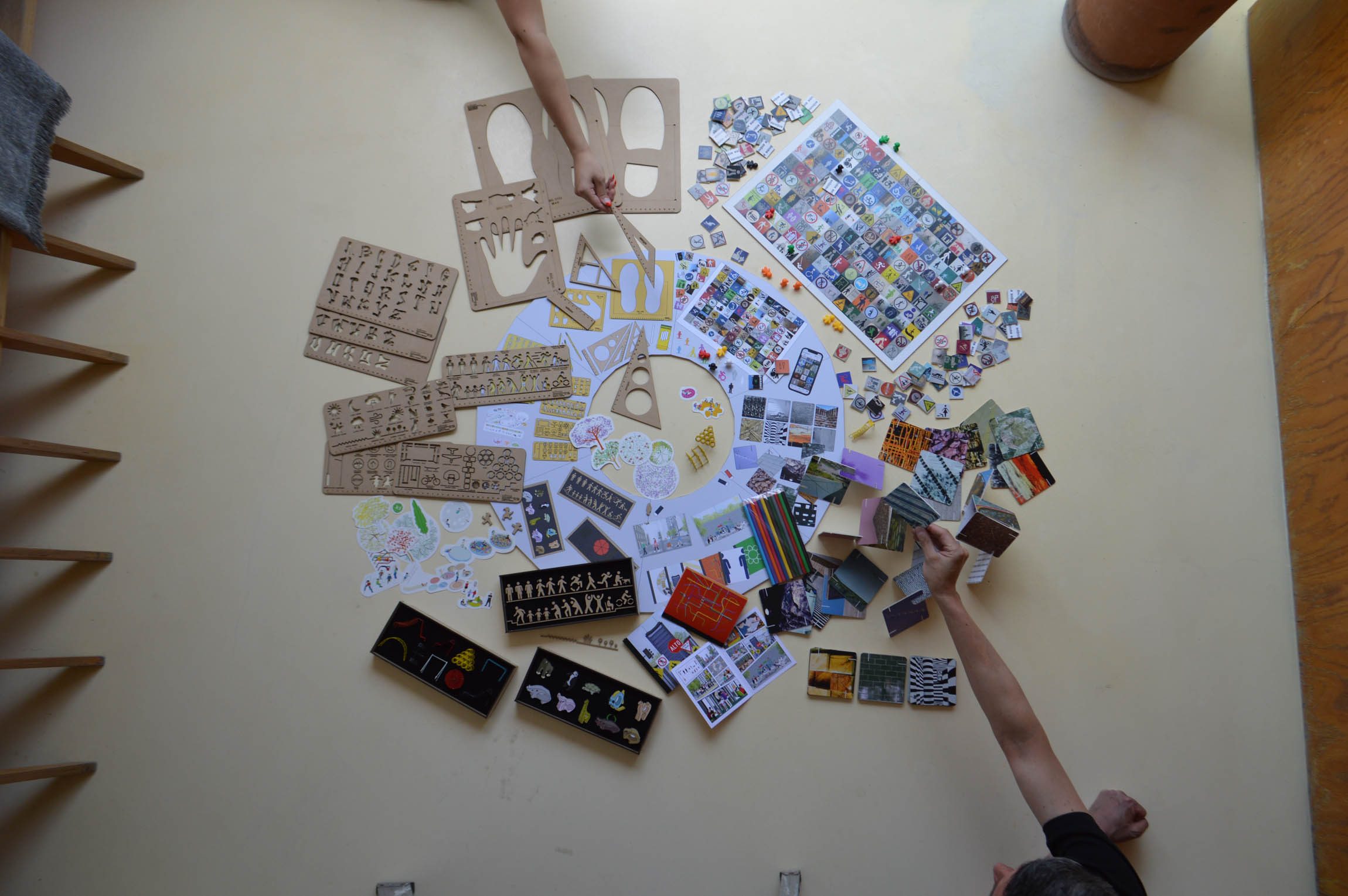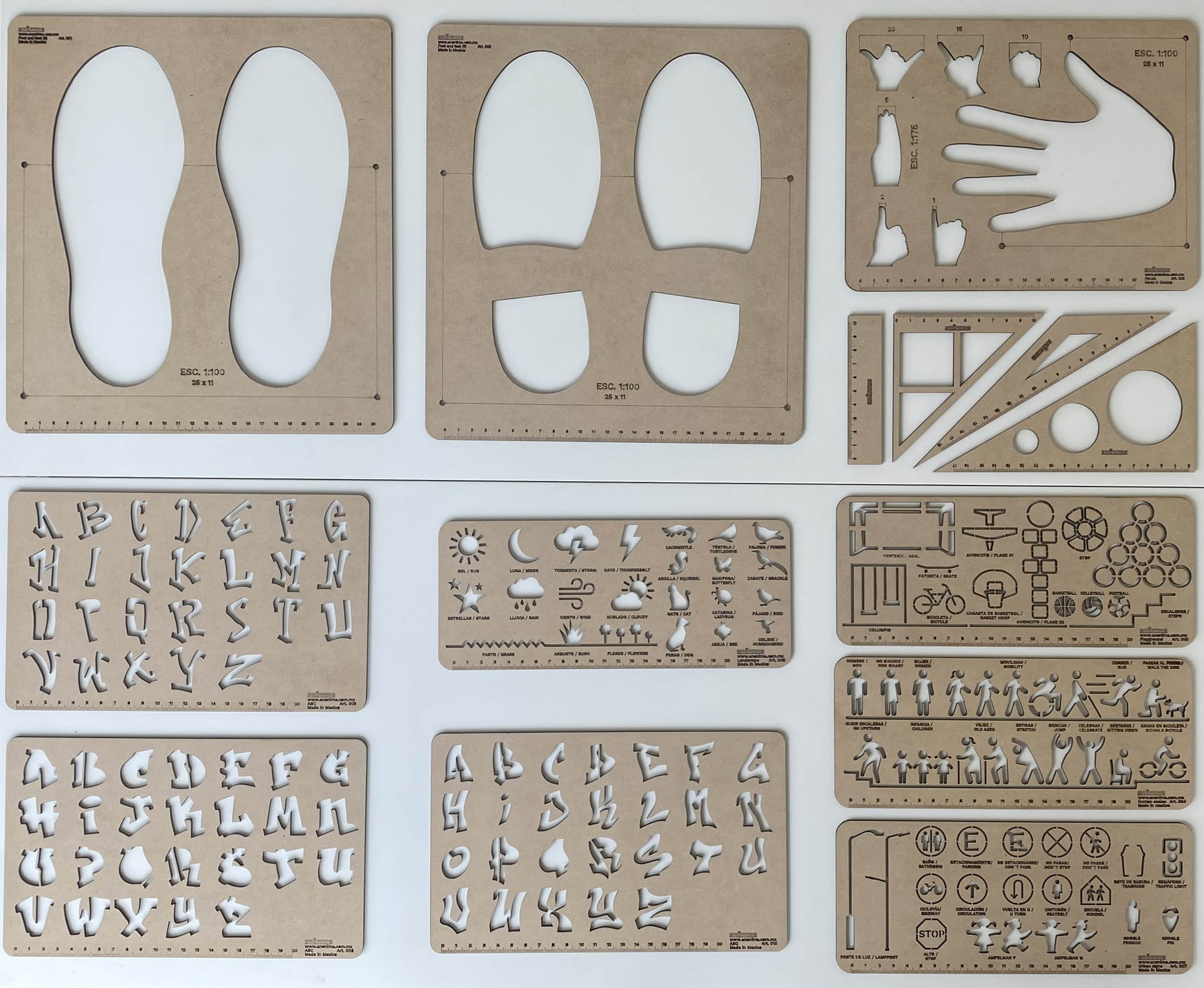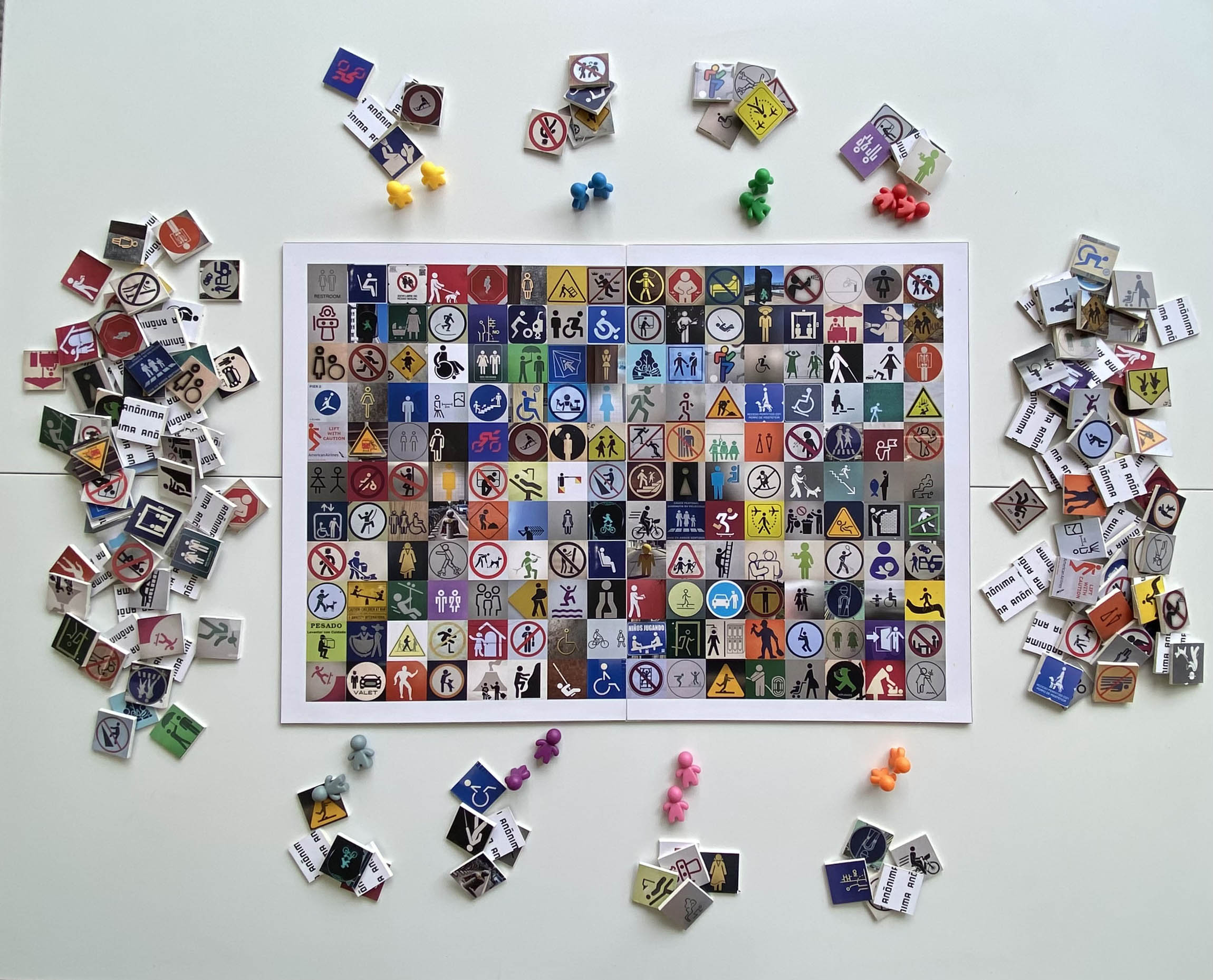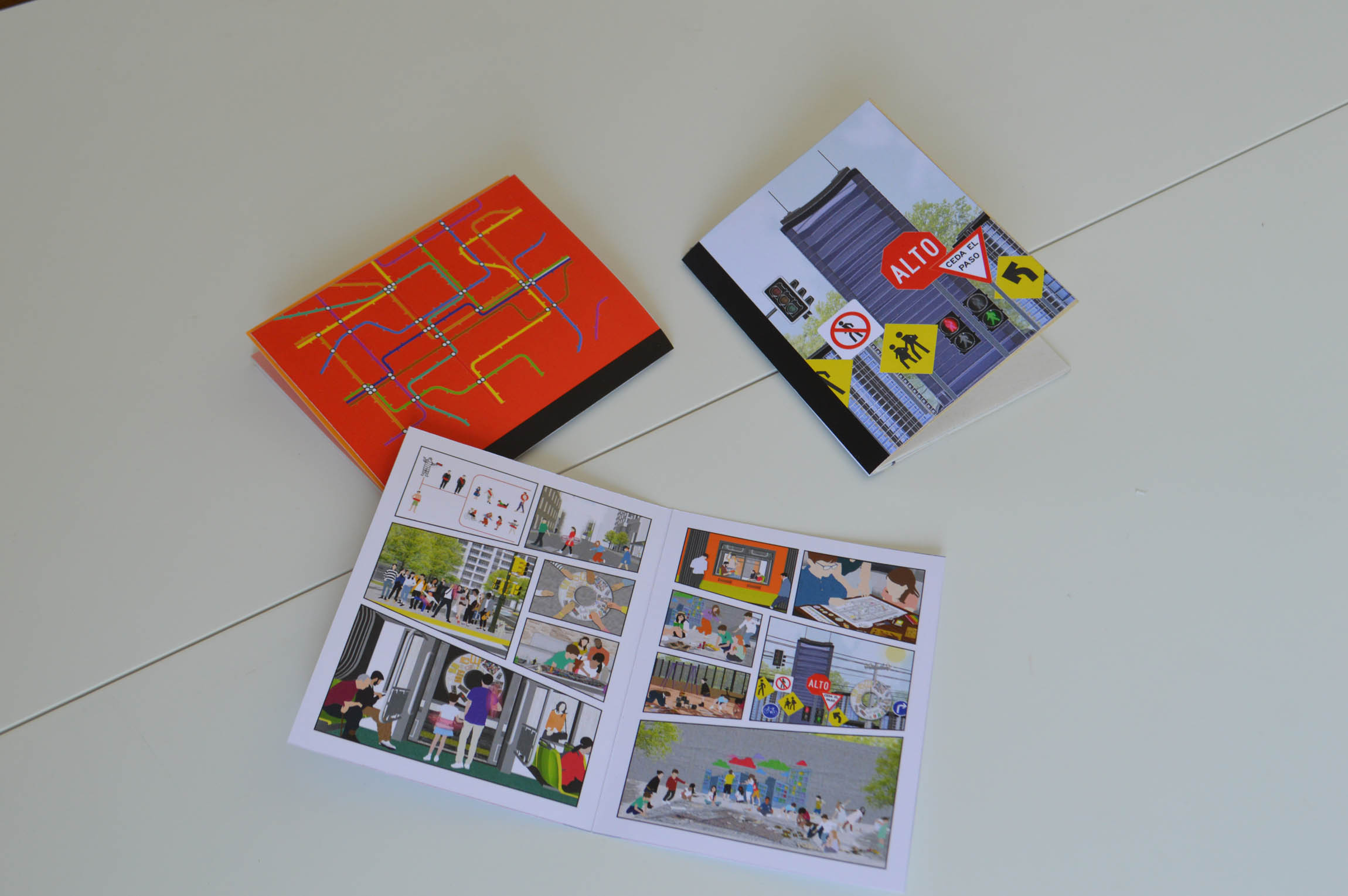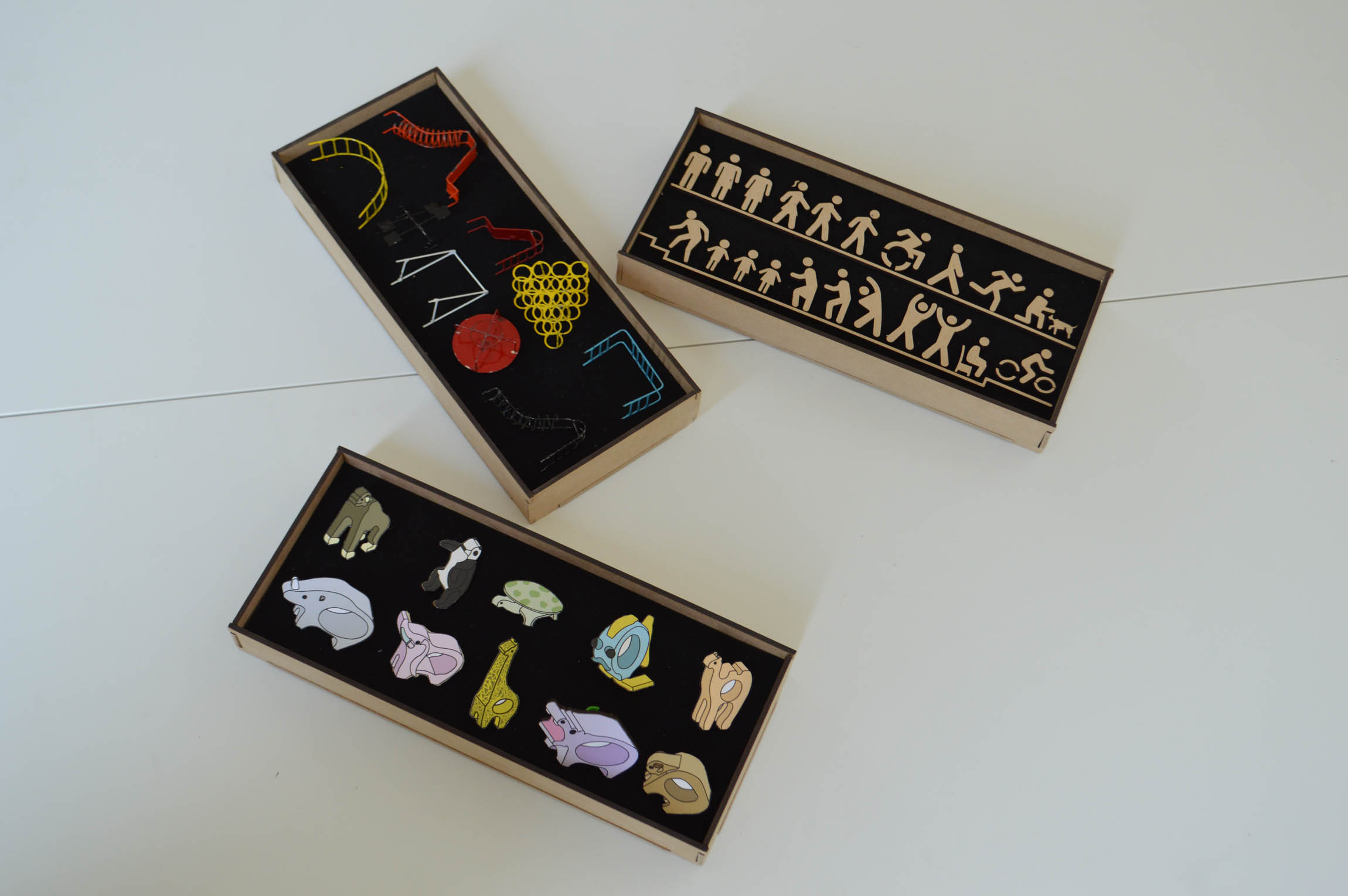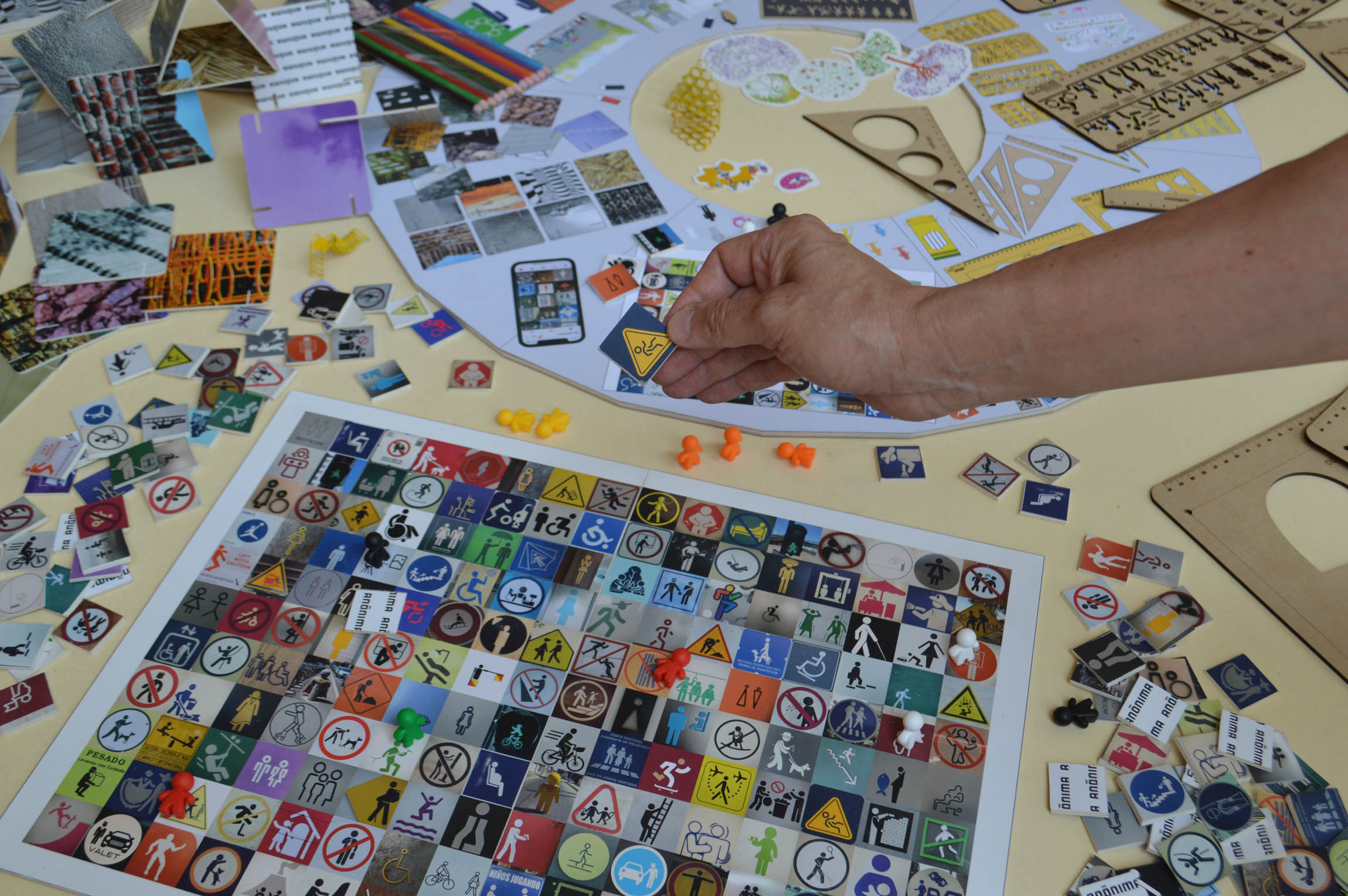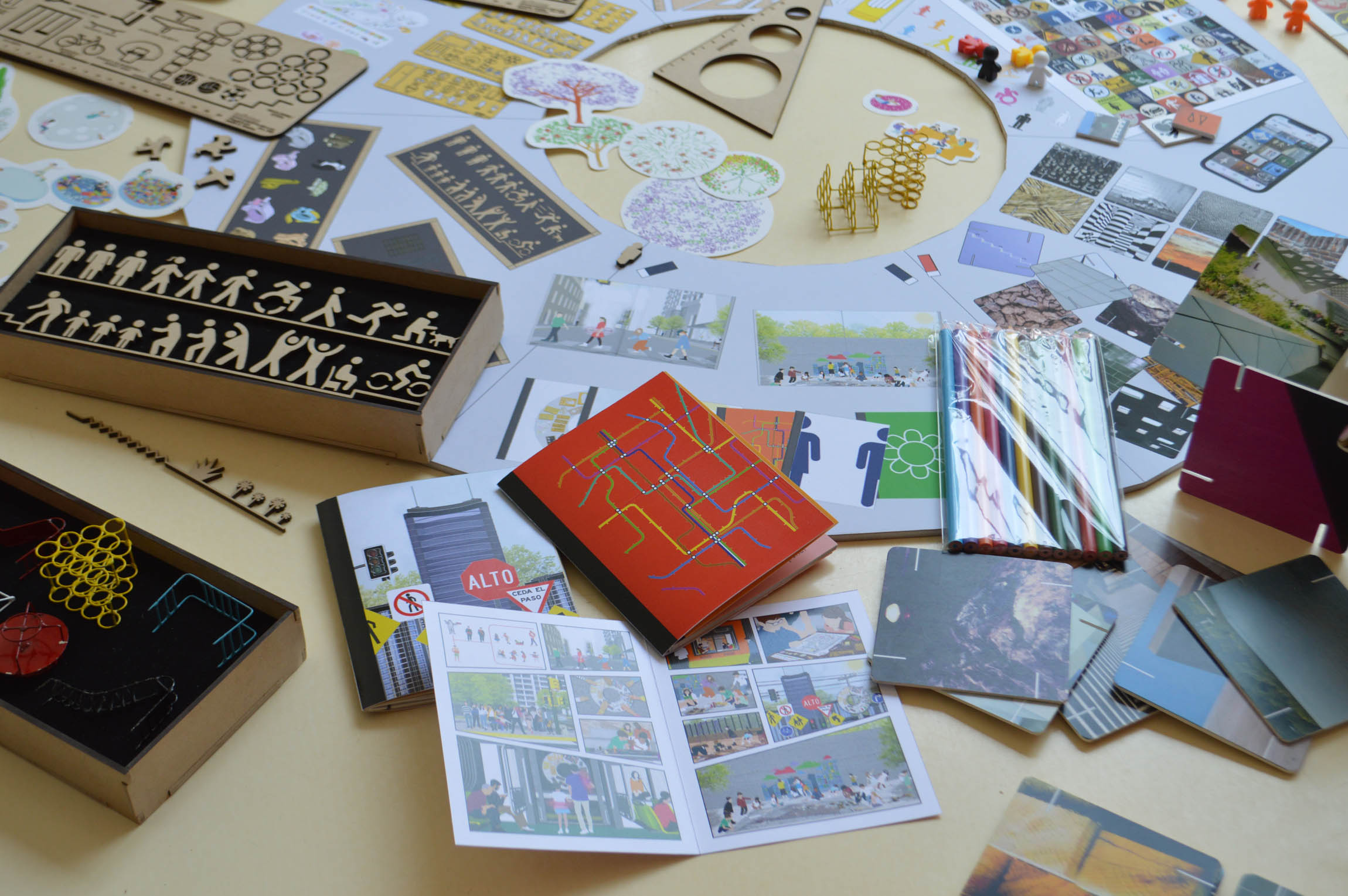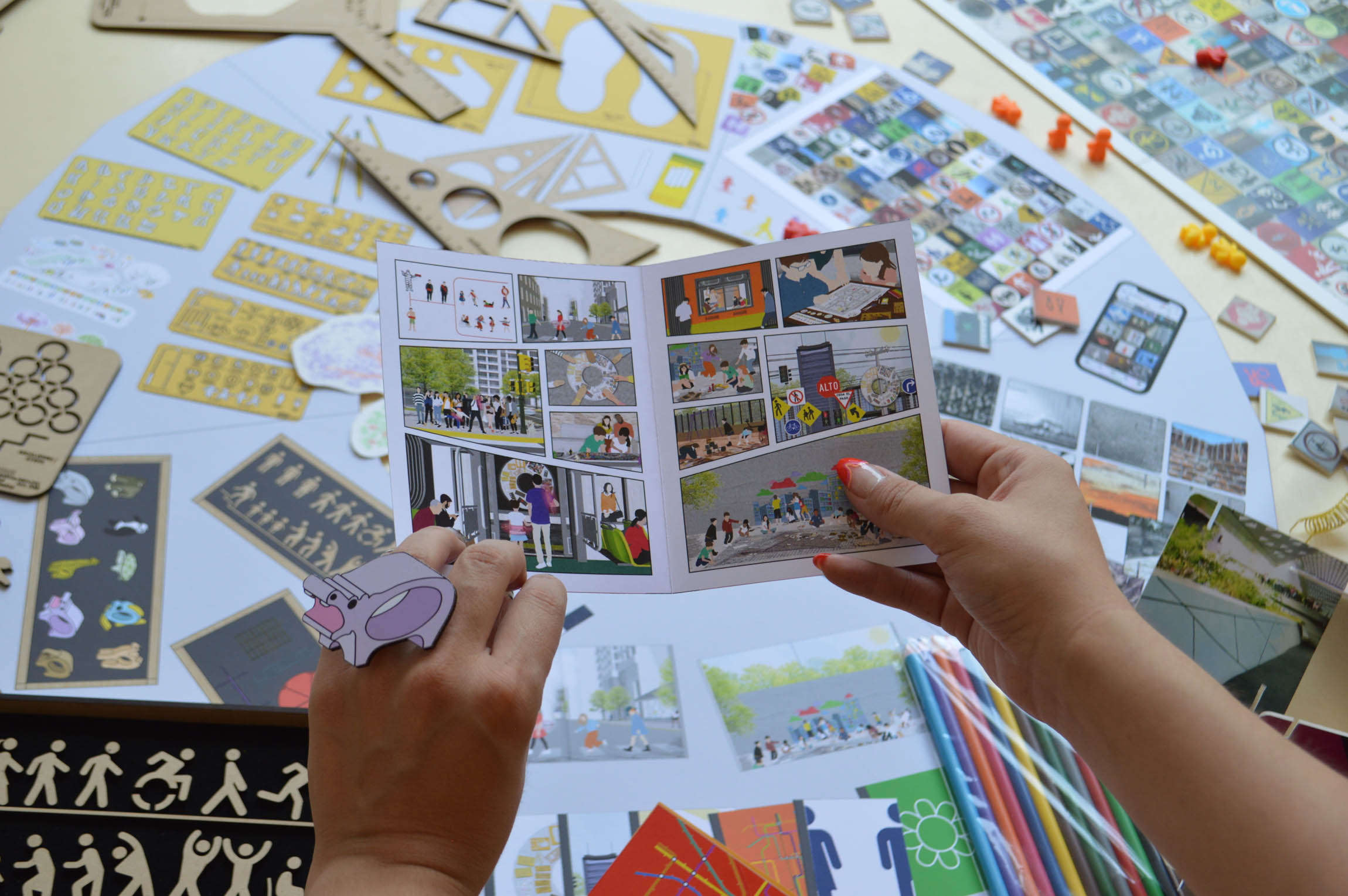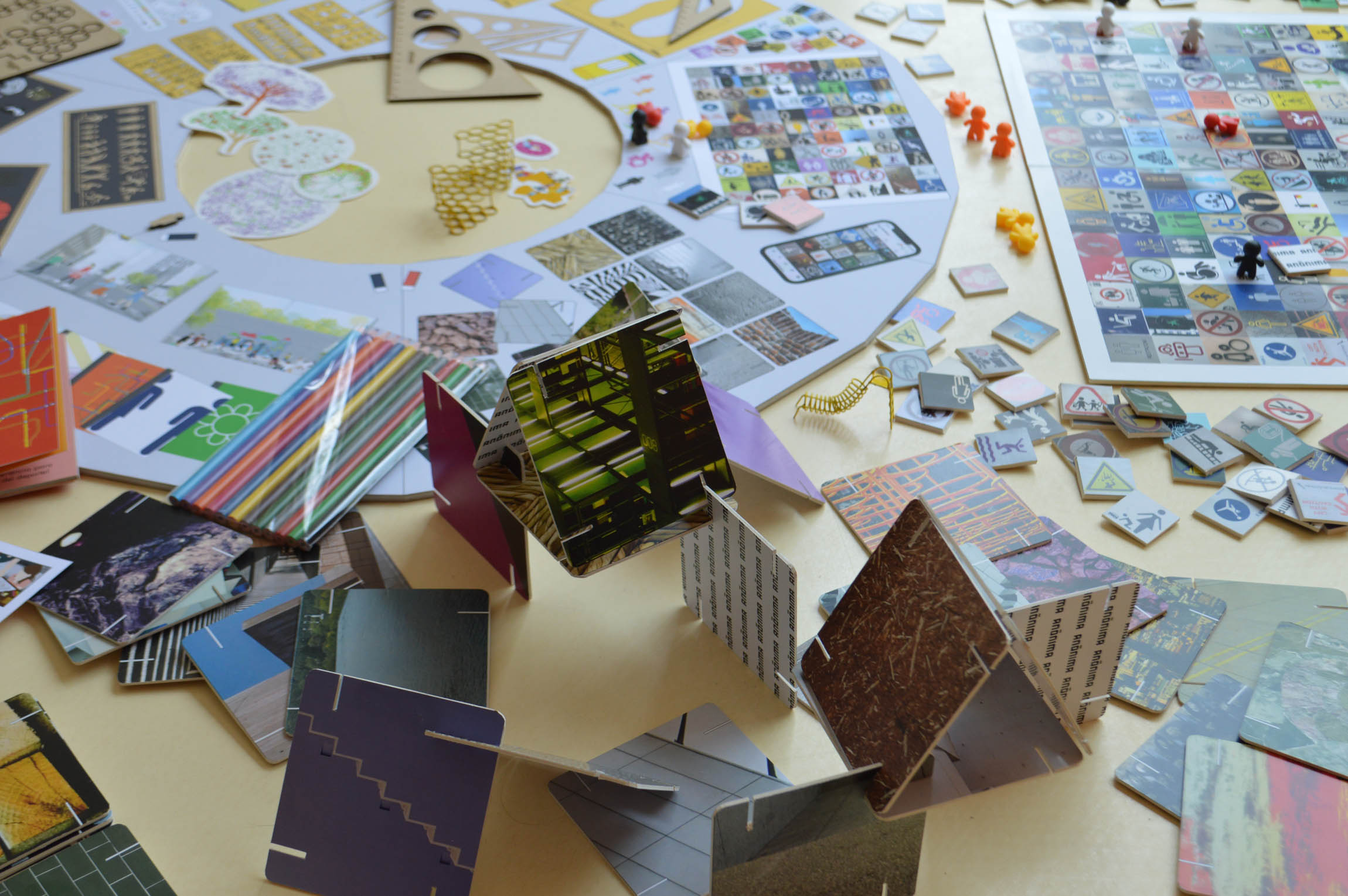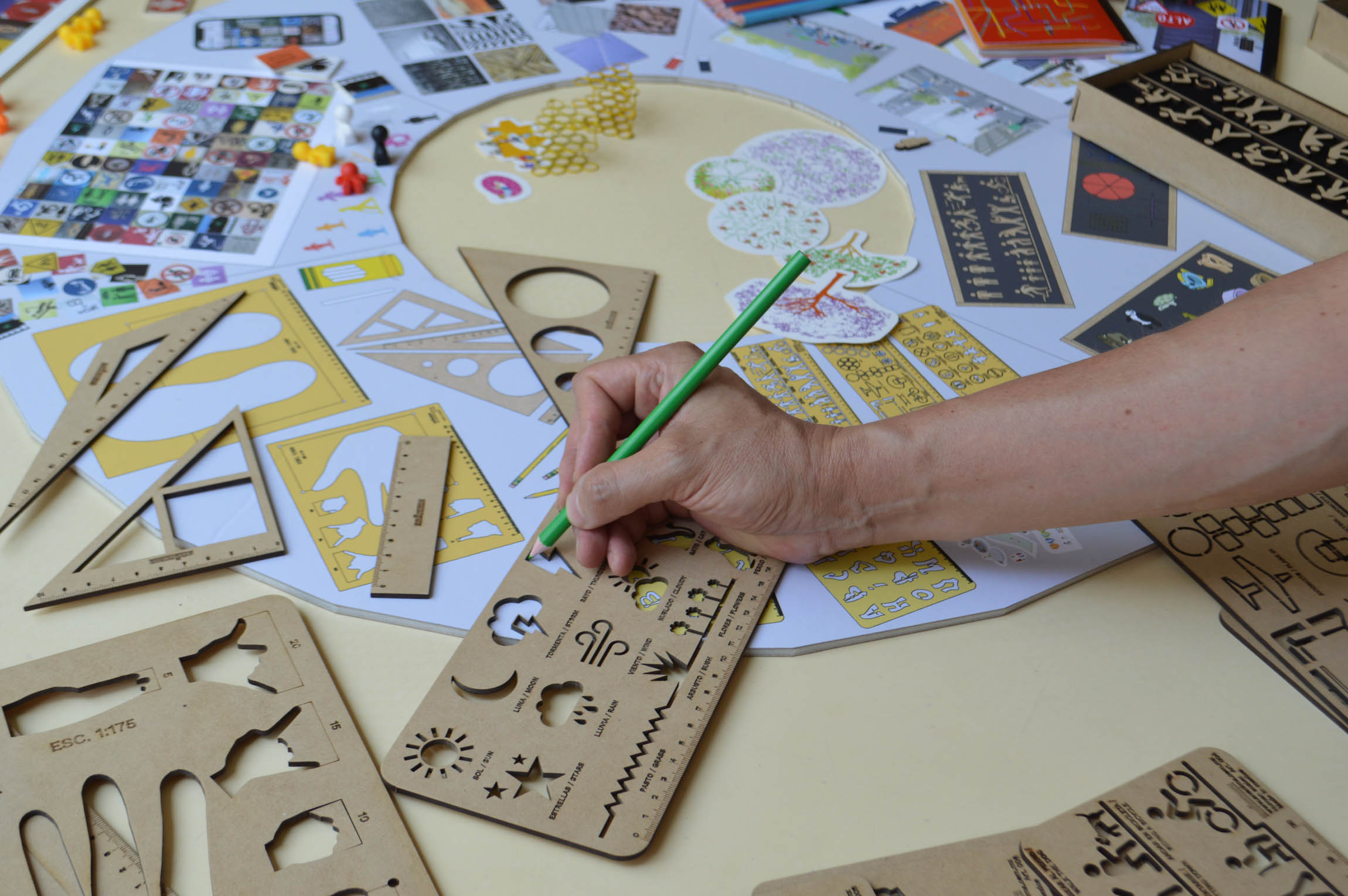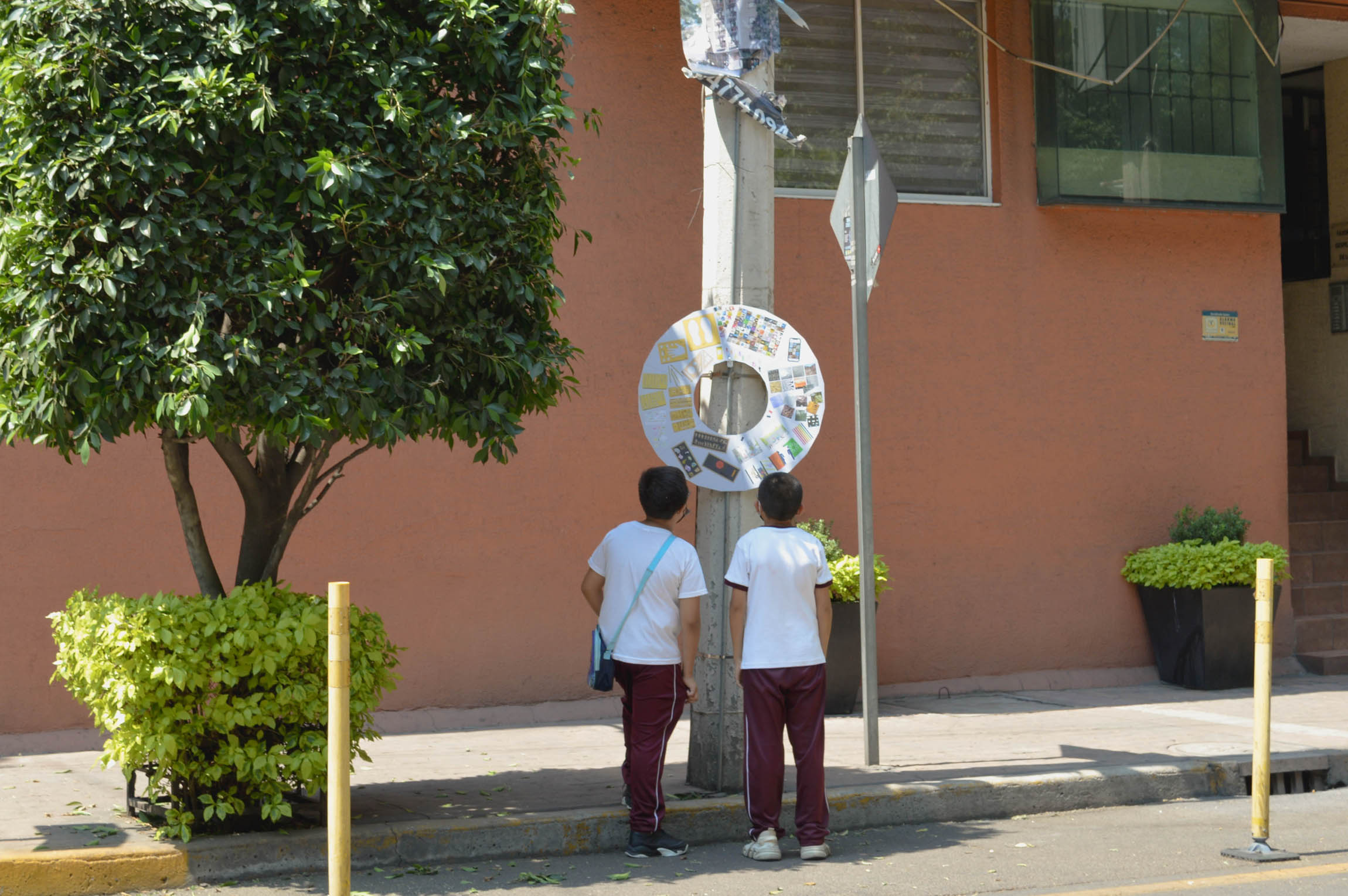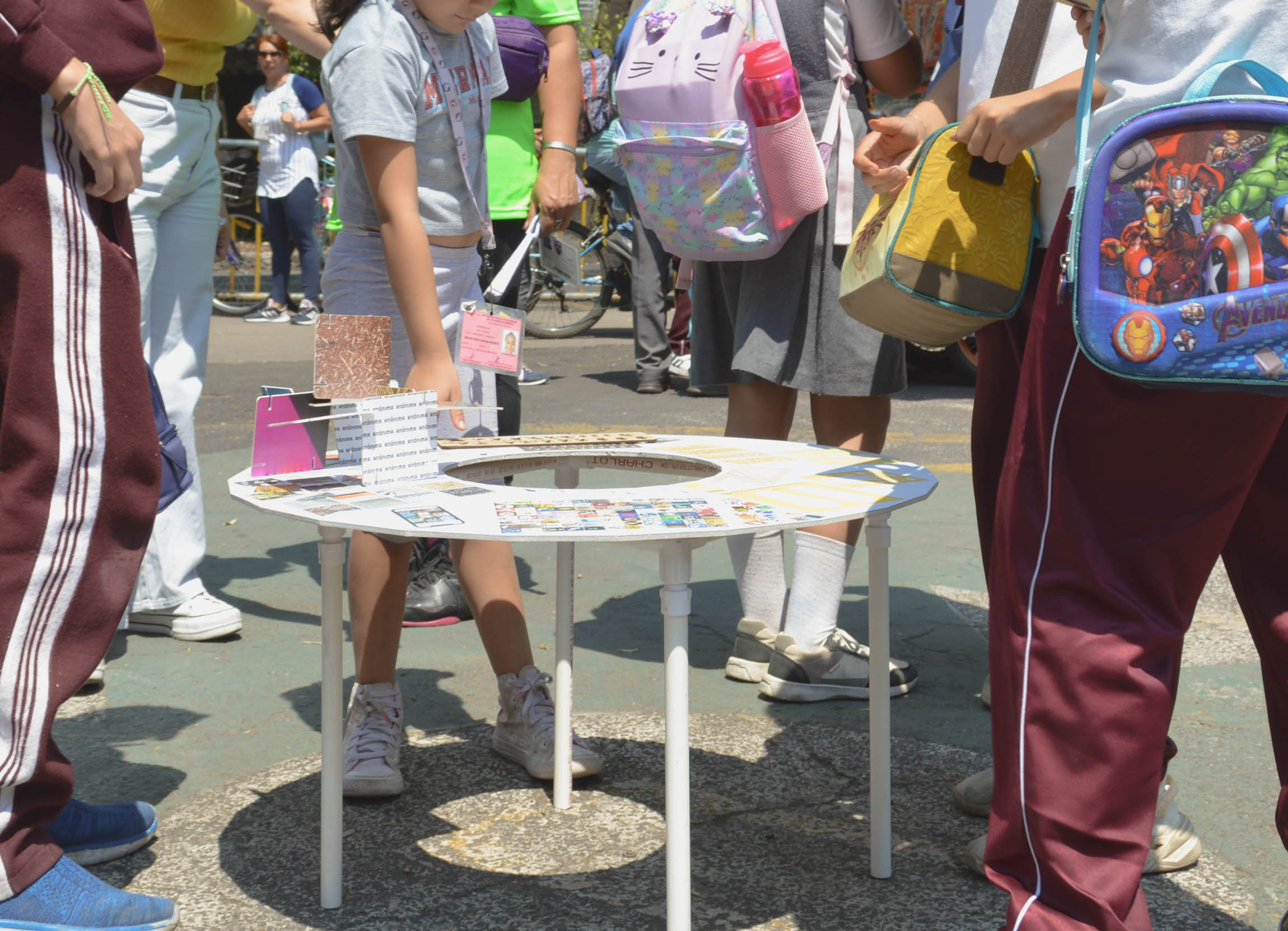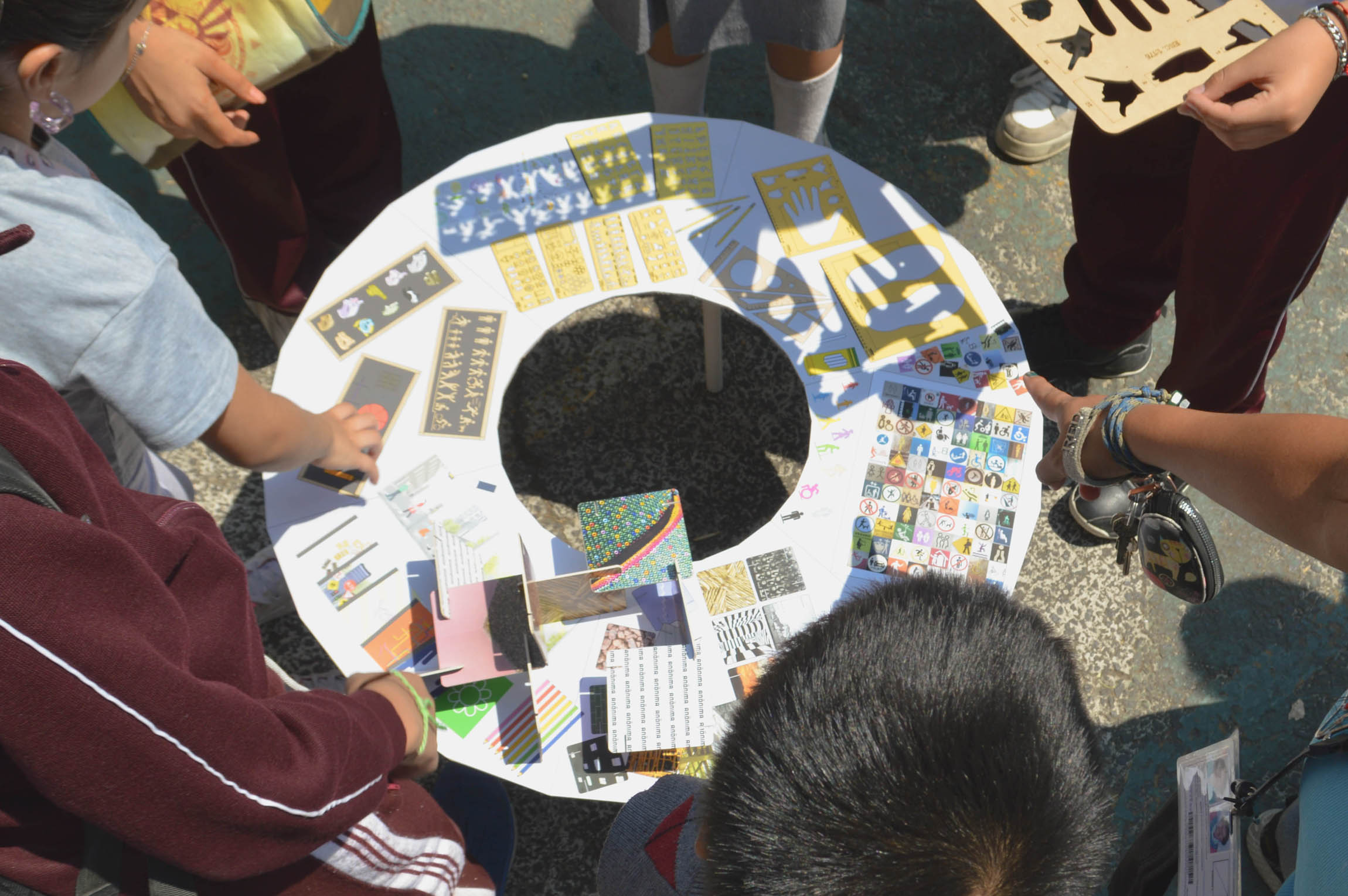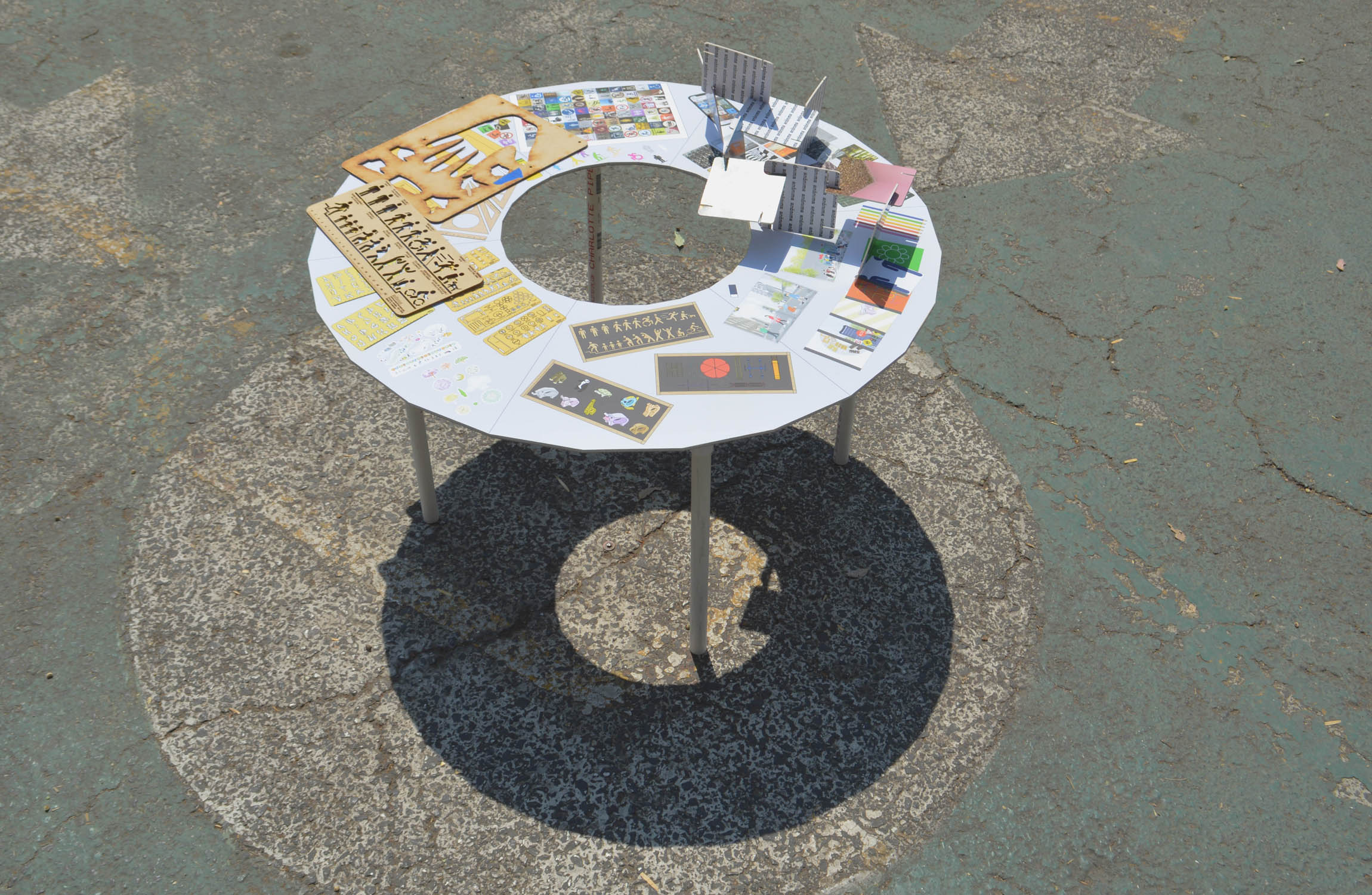Erik Carranza of Anonima: The Architect’s New Dream
One of six installations for the digital exhibition by winners of the 2024 League Prize.
Some days we wake up thinking about what we do as architects, what kind of design or architecture we are doing, and wondering if what we do collectively as an office is architecture, or just a series of winks from a discipline that is linked to other spatial practices, but cannot be considered an isolated practice. Urban design, architectural design, industrial design, graphic design, communication design, textile design, video design, and other areas of design are those practices with which we are linked because it is necessary and indispensable in the social dynamics in which we are inserted.
What we wake up with is the product of a series of dreams that sometimes become nightmares (dirty dreams). In most cases, these dreams have no structure but are loaded with references to the past and references to the future to which we try to give coherence. To dream is to try to structure a series of ideas that arrive when one is supposed to be resting or sleeping; but no! The body has been resting for a long time but the mind has not.
To dream this new dream, we must begin by bringing to mind a couple of important references.
1. A reference to the past
The painting The Architect’s Dream by Thomas Cole, 1840. That dream begins on the capital of the column, on a stone as a base of a living sculpture of the architect-art patron where we can read the inscribed phrase “Painted by T. Cole for I. Town Arch, 1840.” The first stage is that of wakefulness and sleep.
2. A deep sleep
We enter into reverie, we continue to keep in mind the past but linking it now with the authors with whom we were educated; Denise Scott Brown and Robert Venturi were also dreaming. For the 2004 book Architecture as Signs and Systems for a Mannerist Time (Harvard University Press), Denise Scott Brown and Robert Venturi revisit The Architect’s Dream of Thomas Cole to interpret a present-day dream that becomes something else: The Architect’s Dream augmented in Architecture as Sign and Systems, for a mannerist time.
3. Nightmare
Every dream has its nightmare stage, which begins with the relationship between the new signs, symbols, patterns, and systems of the city. In this stage there is a confusion between those signs and symbols.
4. The awakening
The eyes move quickly, trying to understand what is going on with the mind. We are waking up and trying to hold on to something, to one of those ideas from the dream and its interpretation: signs, symbolism, systems, patterns, programmatic, mimetic, novelty, populuxe, roadside, googie architecture, dream cities, fantastic architecture and urbanism, symbolic architecture, or just reaffirming the role of symbolism in architecture. We are looking for a lifeline to bring us back to reality; we wake up and we know we have to draw something, do something and the first thing that comes to mind is a confusing mixture generated by the dream-nightmare: design a toy? To design, to draw, to discourse, to discuss an Urban Life Saver, with all of those reveries of the past and references to the future.
This is the outcome of the dream, the architect’s new dream, that seeks structure and coherence to rescue us from a nightmare, an Urban Life Saver for future generations who walk in the city at a scale not designed for them, and who discover day by day how to shape a vision of the city.
The Urban Life Saver for New Dreamers is a work in progress for future generations. The dream started with a collection of photographs on this Instagram account. The illustrations in this installation represent a small collective shared dream, the consequence of which is a reiterated affection for objects.
This installation is still developing as it appears online. We believe that a new set of tools to intervene in the city focused on children can give us a new perspective on life, on architecture itself, and on those cities in which we will live. We must dream with public space, with architecture, and with the cities we want and not the ones we need.
The Urban Life Saver for New Dreamers contains:
- Templates: a.k.a. stencils
- Stickers
- Measuring devices: foot, feet, inches, and rulers
“I am seriously angry with the meter for having placed itself so perfectly, so dangerously, so unhappily outside the human scale.” – Le Corbusier1The metre and the foot are rivales, Madelon Vriesendorp www.madelonvriesendorp.com/victoriaalbertmuseum
- A game board to identify the new signs, symbols, patterns, and systems of the city
- Badge boxes: one for playgrounds, a second for toys, and the third for human scales
- From House of Cards (Charles and Ray Eames 2House of cards, 1952, Eames office www.eamesoffice.com/the-work/medium-house-of-cards-2) to City Cards
- Color comic books
- Pencils, crayons, chalk, erasers, and drawing utensils
- The Urban Life Saver board, a new symbolic urban sign for the city
In the end, as architects, we were born and will die drawing and playing in a serious and professional way with mockups and models. We will end our last days with a pencil, colors, cutter, glue, and paper in our hands trying to land those dreams and nightmares we woke up with.
And a big hug for the future new architects, this Urban Life Saver for New Dreamers was specially made for you.
Dream on.
Credits
Project team: Anonima
Erik Carranza, Fernanda Isabel Pérez Morales, Erick Raul Marín Sánchez

